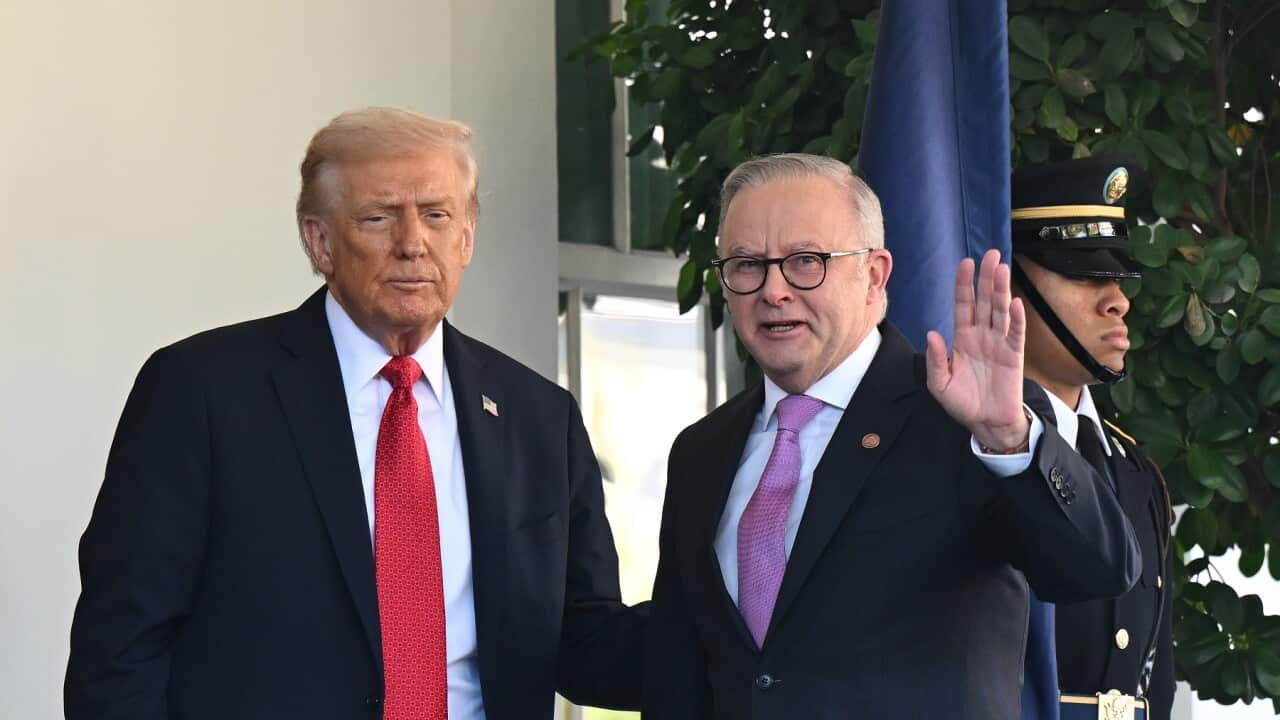The development of the transport trade and ship dimension has performed a central function in creating the fashionable economic system, serving to to make China a producing powerhouse and facilitating the rise of every little thing from e-commerce to retailers like Ikea and Amazon. To the container strains, constructing larger made sense: Larger ships allowed them to squeeze out financial savings on building, gas and staffing.
“Ultra Large Container Vessels (U.L.C.V.) are extremely efficient when it is about transporting large quantities of goods around the globe,” Tim Seifert, a spokesman for Hapag-Lloyd, a big transport firm, mentioned in a press release. “We also doubt that it would make shipping safer or more environmentally friendly if there would be more or less-efficient vessels on the oceans or in the canals.”
A.P. Moller-Maersk mentioned it was untimely in charge Ever Given’s dimension for what occurred in the Suez. Ultra-large ships “have existed for many years and have sailed through the Suez Canal without issues,” mentioned Palle Brodsgaard Laursen, the firm’s chief technical officer, mentioned in a press release on Tuesday.
But the development in ship dimension has come at a price. It has successfully pitted port towards port, canal towards canal. To make method for larger ships, for instance, the Panama Canal expanded in 2016 at a price of greater than $5 billion.
That set off a race among ports alongside the East Coast of the United States to draw the bigger ships coming by means of the canal. Several ports, together with these in Baltimore, Miami and Norfolk, Va., started dredging initiatives to deepen their harbors. The Port Authority of New York and New Jersey spearheaded a $1.7 billion venture to raise the Bayonne Bridge to accommodate mammoth ships laden with cargo from Asia and elsewhere.
The race to accommodate ever-larger ships additionally pushed ports and terminal operators to purchase new gear. This month, for instance, the Port of Oakland erected three 1,600-ton cranes that might, in the phrases of 1 port government, permit it to “receive the biggest ships.”
But whereas ports incurred prices for accommodating bigger ships, they didn’t reap all of the advantages, in accordance with Jan Tiedemann, a senior analyst at Alphaliner, a transport knowledge agency.







